It was a short ride across the bridge to Peruvian Immigration. All I had to do was fill in the immigration form and I was stamped in.
Then to get Winston in I had to buy insurance for US$35. This sounds easy but I had to deal with a woman who thought repeating herself in Spanish louder and louder would somehow make me understand. This became frustrating particularly when the first thing I said to her was No Espaniol, English.
Once I had the insurance I walked to customs. I handed them my carnet and the guy looked blank. His boss showed him what to do. While he was inputting screeds of information into the computer, he noticed my carnet was out of date. I showed him the extension letter I had been sent from the NZ AA stating the carnet was extended until August 2016. This created all sorts of issues. It took over two hours before they would finally fill in the carnet. Next time I will do a temporary import document.
Once I was finished there I headed south. I had no Peruvian Neuvo Sols. Normally there are money changers at the border but not this one. I headed along straight roads through very dry sandy country side. I was amazed at the difference in landscape from Ecuador to Peru.
I finally arrived at Piura and found a bank. Unfortunately, there was no ATM. The guard there motioned for me to ride back down the street, turn left and go to the Plaza. I found the plaza, got some cash out of the money machine and purchased some food and drink. I hadn’t had anything to eat all day, I was so hungry. Even the scabby looking donkeys standing in the dusty fields on the way to town were looking appetising.
From there it was a 3-hour nightmare trying to find somewhere to stay. All the accommodation in the city was either full or too expensive or had nowhere to park my bike. I decided to head out of town as I might be able to find something cheaper there. I couldn’t. The light was fading and time was running out. I pulled over to the side of the road and asked one of the locals if he knew of a hotel. He pointed me down a street. I went down the street but couldn’t see any hotels. I was feeling tired, fed up and weary. I pulled up outside a restaurant and asked if they knew of a hotel in this street. No one understood me until I heard a voice say “I speak English”. I was so thankful that there was someone I could communicate with that I must have looked like a Cheshire cat. The woman pointed me to two buildings, neither of the buildings had a hotel sign. There was no chance I would have spotted these places without her help.
Later on I went to the restaurant where the whole family made me welcome. The two sons have Moto taxis and one of them let me drive it up the road and back. They are the first Peruvians I have met and they have been so hospitable. This makes up for the first part of the day.
It was a day of contrasts as I headed south to Chan Chan.
The contrast of riding through sandy deserts and then, in a blink of an eye, a wonderland of green. The abundance of greenery is solely down to the huge amount of irrigation channelled from the Andes run off.
I ended the day viewing the Chan Chan archaeological site. Chan Chan was established in 850 AD by the Chimor civilisation and lasted until 1470 AD when the Inca’s conquered the city. The site is one of the world’s largest mud brick complexes and covered nearly 20 square kilometres in its hay day. The site is a world heritage site.
If yesterday was about the contrasting landscape, then today was about the spectacular desert views. The wind was blowing most of the day which was pleasantly cooling. This did add to the concentration required as most of the day I was riding at an angle to the wind to ensure I went straight. The wind blew the sand across the road in a swirling motion which was almost hypnotic. The mountains and huge sand dunes were on either side of me until the road rolled towards the sea. Although the roads were fairly straight, I never became bored for each time I came to the top of a hill there was another interesting collection of sand sculptures.
There was a down side to this beauty. Today I saw my first road fatalities. I arrived just after the police to see a red car transformed in to a ball of compressed metal. The car was totally unrecognisable. The car had hit a Mack truck head on. The bodies were lying across the road, clearly dead. The impact must have been colossal. A sad day for some family!
From there I headed to Barranca for the night.
I have to head for Lima tomorrow which is the capital of Peru to get a new front tyre. I really do not enjoy riding through big city’s. The tyre will have to be fitted Monday.
The Hostal I stayed at last night is run by a Peruvian guy who lived in the USA for thirty years. I presume that’s why the Hostal’s called Hostal America. He had great English and runs a tour booking company from the premises.
Before I left this morning, he gave me a good run down on some of the places to visit and some of the roads not to travel. He pointed out one road which he said was ano-goo area. He said the area is full of heavily militarised people who will do you harm. It was good advice as I had planned to travel that particular road.
One of his suggested places to visit was the ancient city of Caral. Caral is the oldest known city in South America and dates back to 3000 BC.
To get there I had to head down a 25km unpaved road and through a small river crossing. When I arrived, I paid my 11 sol (NZ$4) and managed to get on a guided tour. There were a couple from New Zealand and an Aussie on the tour. The only issue was the tour was in Spanish and none of us Gringos could understand the guide. Beforehand a young Peruvian guy volunteered to translate for us, it was very kind of him.
Caral’s most famous building is in the shape of a spiral. The spiral represents the continuation of time. This spiral has now been incorporated into all sorts of marketing related to Peru. Very much like the silver fern of NZ and the Kangaroo of Australia.
From Coral I made my way to Lima. The traffic got heavier as I got closer. 50km from my destination the traffic was in grid lock. I thought if the traffic is this bad 50km out of Lima what’s it going to be like when I get there. The reality was, not as bad as 50km out. I managed to get on the ring road and once past the city centre it flowed well.
I made my way to Touratech Lima to get a new front and my rear tyre I had been carrying from Bogota Columbia fitted. It was pretty busy when I got there, just after opening time so had to wait for an hour or more. While I was waiting the owner, Ivan let me borrow an oil drain pan and a spare bit of ground so I could do an oil and filter change.
By the time the tyres were fitted it was 3pm so I had to stay in Lima another night.
The ride out of Lima was smoother than Telly Savalas’s head now I have the new tyres fitted. I was getting a bad wobble at low speed due to the split in the inside of the front tyre. I was always wary that it might fail.
It was an amusing ride on the way out looking at the advertising hoardings (bill boards). They were not just the oblong ones we’ve grown to yawn at, these were in the shapes of people, cars, and three-dimensional objects. They were very good, best I’ve seen.
As I rode near the coast I spotted very long white marquees, 100 metres and longer. They looked like refugee camps. I couldn’t make out what they were used for until further on. They were refugee camps of sorts, but not for people. They were for battery hens, not the Eveready type. They were all caged and in these tents in the middle of a hot sandy desert.
The place I was heading for today was Nazca. Famous for its lines and Geoglyphs etched into the desert. There are many thoughts on why they were done. Many believe it was constructed for water irrigation, religious offerings to the gods and astronomical alignments. Some even say they were created by aliens
The best way to see them is by aeroplane, but for me, that’s not in the budget so I walked up a tower (which cost NZ$0.75, that’s in my budget) and got to see the lines and two of the Geoglyphs.
I’m making my way to Machu Picchu and should be there Friday. This morning I booked and paid for my ticket online. Only 2500 people are permitted there per day so they say to book in advance.
Today has to be one of the best scenic days of the trip. I headed for the golden, dry, barren hills and rode higher and higher along smooth twisting roads. The roads are in great condition considering there are plenty of big lorries using them. From the golden barren hills, I headed even higher onto multi coloured planes with the occasional lake. There were plenty of Alpacas, wild donkeys, horse’s cows and sheep roaming around. The air was so thin that it was difficult to concentrate. I had to really focus on what I was doing. Winston was also feeling the effects, he was down on power. I’d put 98 octane fuel in to get a bit more umph. The wind was blowing and the cold cut through you like a knife. It was then down into the greenery and warmth as the road followed the river.
I camped the night just outside Yaka.
I was up early as I didn’t get much sleep with dogs barking all night. There are probably more dogs here than anywhere I’ve been. They all have thick coats and seem to be in good condition. They certainly look like they’re cared for.
It was another stunning day of scenery. From hills to valleys to snowcapped mountains. There was something spectacular around every corner and every brow of a hill.
Just after spotting the armoured van my trusty GPS had me doing some dirt and gravel roads. The dirt roads were through farmland and the gravel was on the edge of a mountain. It looked like the mountain had slipped and covered the road. It was in the process of being dug out.
I arrived in Ollantaytambo and the first thing I had to do was go to an internet café to access my e-mail and print off my Machu Picchu ticket. The ticket cost US$66 and when entering Machu Picchu, I have to show my ticket and passport. When booking the ticket, they ask for your passport number. If you arrive at Machu Picchu without your passport then you’ll be refused entry even if you have a ticket.
To get to Machu Picchu you have to take a train to Aguas Calientes. Now I have my Machu Picchu entry ticket it was time to get my train ticket. The train trip is one hour forty minutes. When the woman at Peru rail told me the price of the ticket I couldn’t believe my ears, US$163. I asked the women if that included ala carte dining accompanied by the London Philharmonic and if the bathroom fixtures were gold plated and the taps dispensed Champaign. She replied you get a small snack on the way and a fashion show on the way back. Well, that’s almost as good I responded. Now I know why the armoured car was full of money.
It was a brisk 5-minute walk down the hill to wait for my 8am Luxury sightseeing train. The train is the only way you can get to Machu Picchu. The train arrived on time and we were off on the one hour and twenty-minute journey through the canyons following the river.
I thought there would be a long walk to the site but it was just a matter of getting off the bus and walking a couple of hundred metres and you have your first view of the famous village. The village dates back to 1000AD and was abandoned around 450 years later. It is thought there was an outbreak of small pox and that was its demise. There was only a small population around 600 at its peak. There was no form of money or written language. The king owned the land and the people worked for him in return for food and other items. The village is constructed from granite and some of the stone work around the worship and king's areas is so precisely finished there is no need for any mortar to hold the walls in place.
The village is in such good condition because the Spanish never found it. Many of the Inca villages were pulled apart by the Spanish as they searched for gold.
The location of the village with the surrounding granite mountains and canyons is stunning. It’s the jewel in the Machu Picchu crown.
I spent most of the day walking around the village and up the hills.
Around 4pm I headed down on the bus to catch my 5:30PM train.
It was a nice day out. It felt a little hollow though I was going to meet my daughter and we were going to do it together in December. She is fascinated by the Mayan and Incas culture and history and is a fountain of knowledge on the subject.
Due to the delays in Mexico it wasn’t to be.
I headed south east and higher into the hills and mountains. I went through Cusco which was heavily populated with the standard bad air from buses pumping out copious amounts of black diesel fumes. Once out of Cusco the road straightened out. It seemed every time I had gotten to a good cruising speed another little town would appear. On would go the breaks, change down through the gears until I reached second, over the speed bump, cruise through the town which has a speed limit of 35km/h over a couple more speed bumps then hit the open road, change up the gears, hit cruising speed, then do it all over again.
Once I had gotten on to the plains the towns disappeared and so did the km.
The temperature is cooler at high altitude and there were a few spots of rain but not enough to get wet.
As I rode past a river, I could see in the distance, what looked like a Pink Flamingo. I’d always wanted to see one of these so headed off down a dirt road, then turned off the road onto some open ground, then next to the river. I was just in time to see a pair of flamingos come into land. They are graceful birds. I suppose they have to be, landing on those long thin legs must be a dangerous exercise.
Day 500 Sunday 17th January 2016.
It’s difficult to believe I’ve been on the road 500 days. It’s not like a holiday it’s more like a full-time job with long hours. Financial planning, Logistics, preventative maintenance, negotiations, human resources (people skills), purchasing, updating my blog, yes, all these things need to be done, many on a daily basis. When and where will I service the bike? When to get tyres shipped in? What spare parts to carry and where do I get replacements? How am I doing against budget? Where am I heading tomorrow? What will I see and do? Where will I stay? What is required for the border crossing? Which border will I use? Where will I change my foreign currency? What is the rate? How much will I need?
It’s not like having all the comforts of the office or home to do this. Most countries I pass through I have no internet on my phone and have to rely on wifi. When I have wifi, sometimes it’s slow and drops in and out, sometimes it’s very good.
The biggest difficulty by far is the languages. Sometimes in big city’s you will find people that will speak English but once out of the city very few do.
It makes you realise how easy life is back home. You have to have a never give up attitude on the road, there are always obstacles that want to stop you. There is always a solution, you just have to persevere until you get what you want or need.
This morning I swapped out my clutch cable. After 85,000km and thousands of gear changes the existing cable is stretched and has no more adjustment. While I was at it I adjusted the chain and went over every nut and bolt to make sure they were all tight.
I had to do the check because after my Chetamul monkey had messed with Winston in Mexico I found plenty of the ones he’d touched loose or missing. One of the engine mount bolts was missing and I replaced that in Ecuador.
I headed off towards the Bolivian border and stayed at a small town called Pomata about 50km before the crossing.
The border crossing today was time consuming but easy. At Peru immigration there was a queue up the street. I patiently waited and after an hour and 15 minutes I was stamped out of Peru. Next was customs. I was a bit concerned as I had problems getting my carnet stamped when I arrived into Peru. The carnet has expired but I have an accompanying letter from the AA in New Zealand to say it had been extended and is valid until August 2016. To my surprise it all went well I showed them my extension letter and they stamped the carnet.
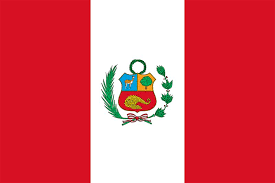
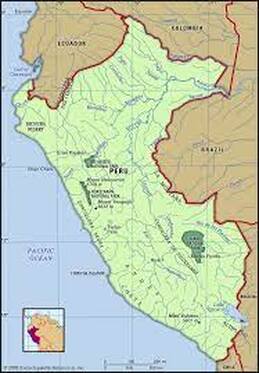
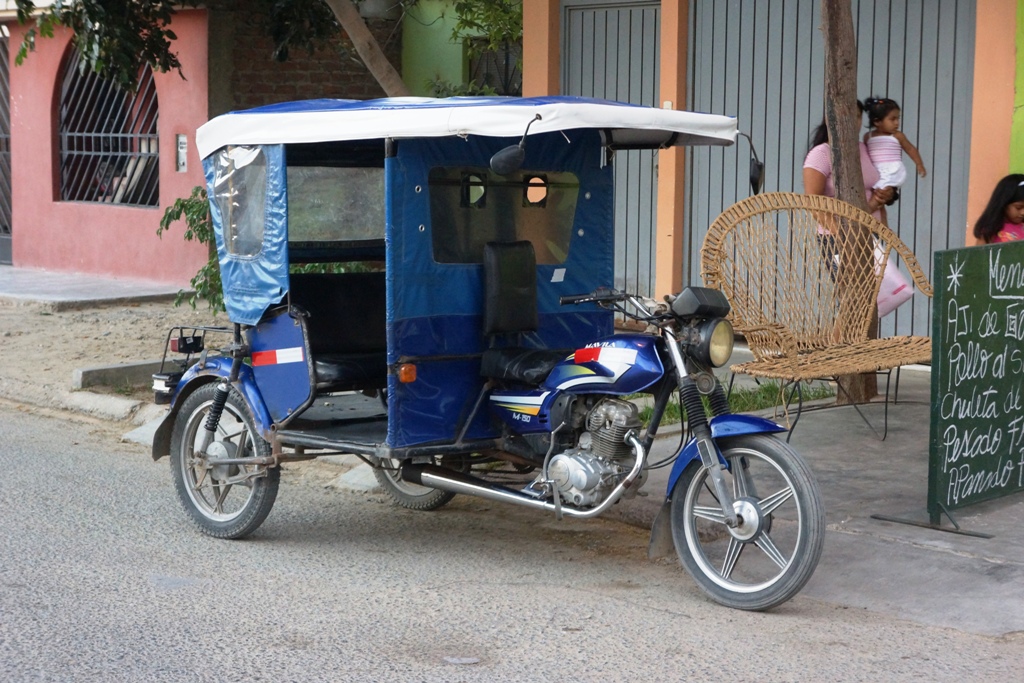
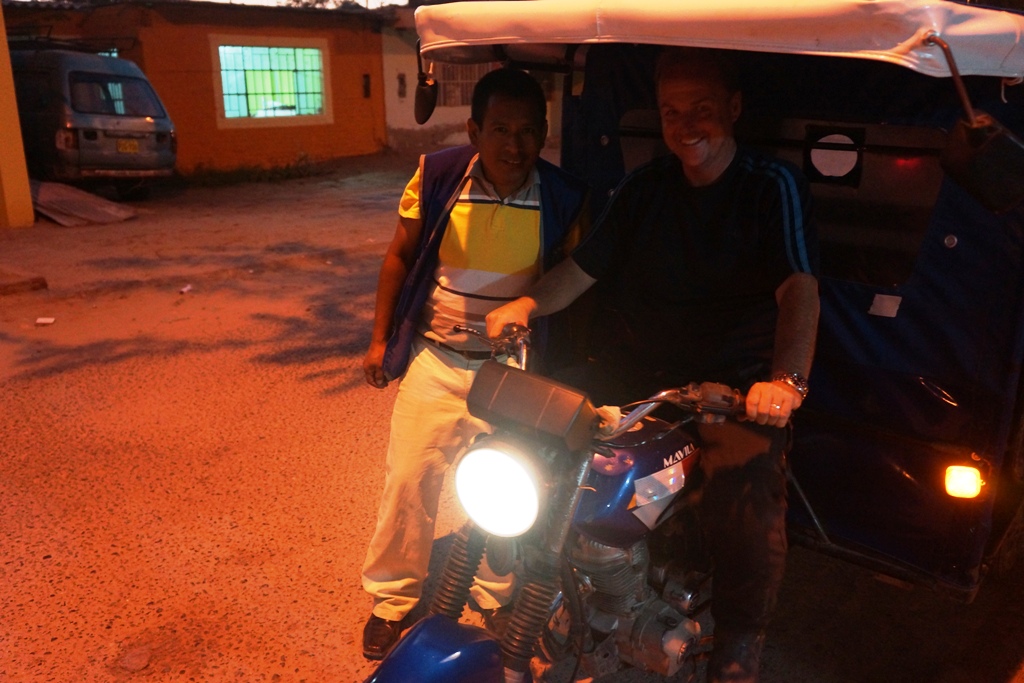
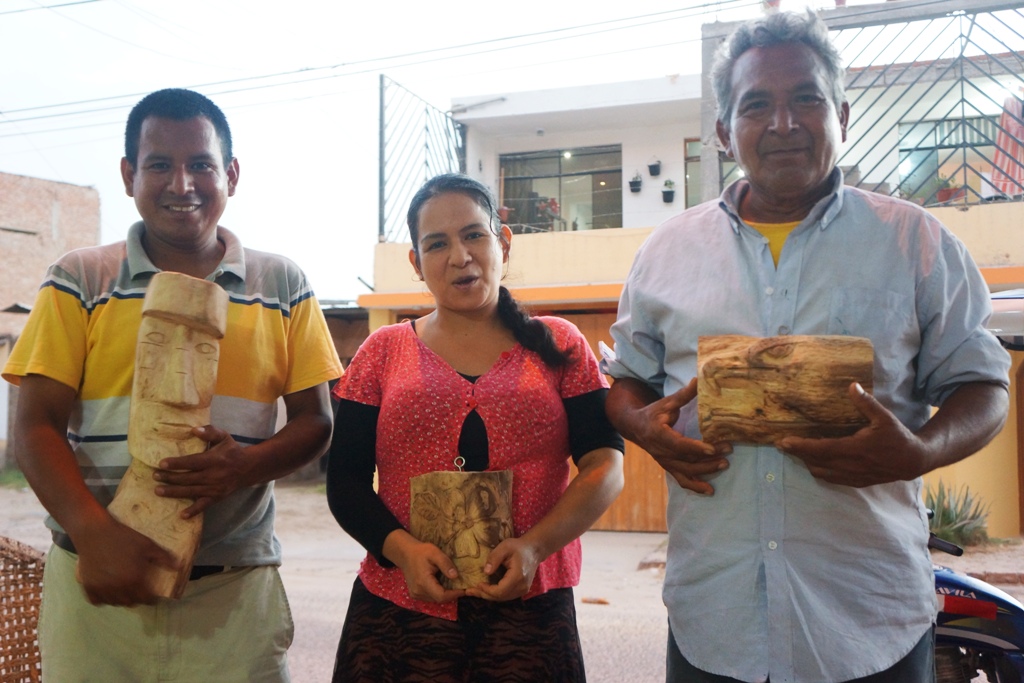


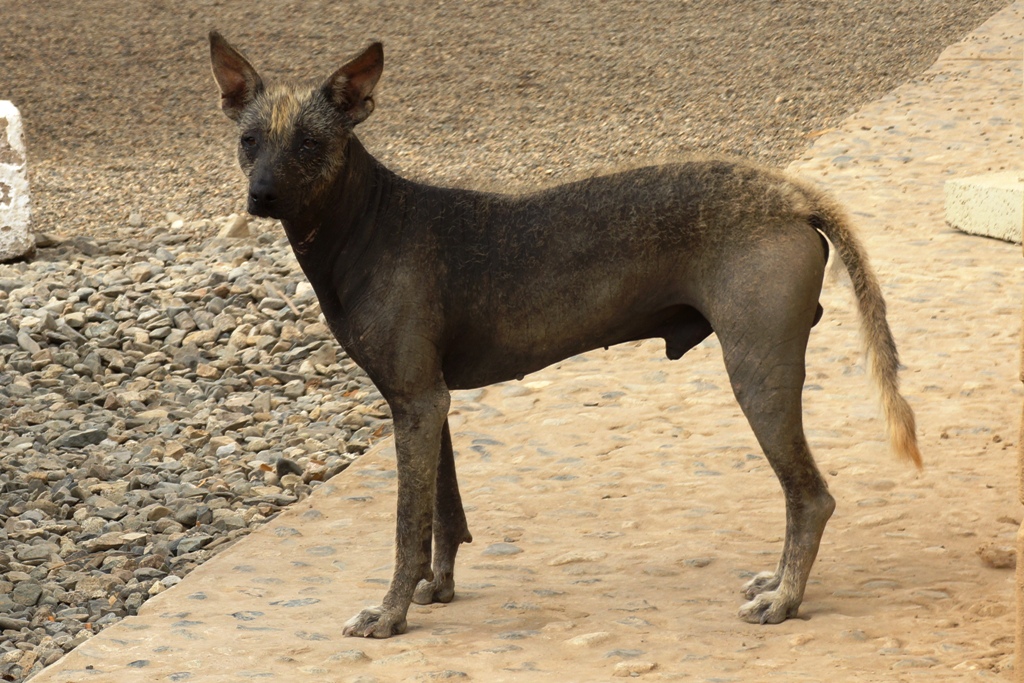


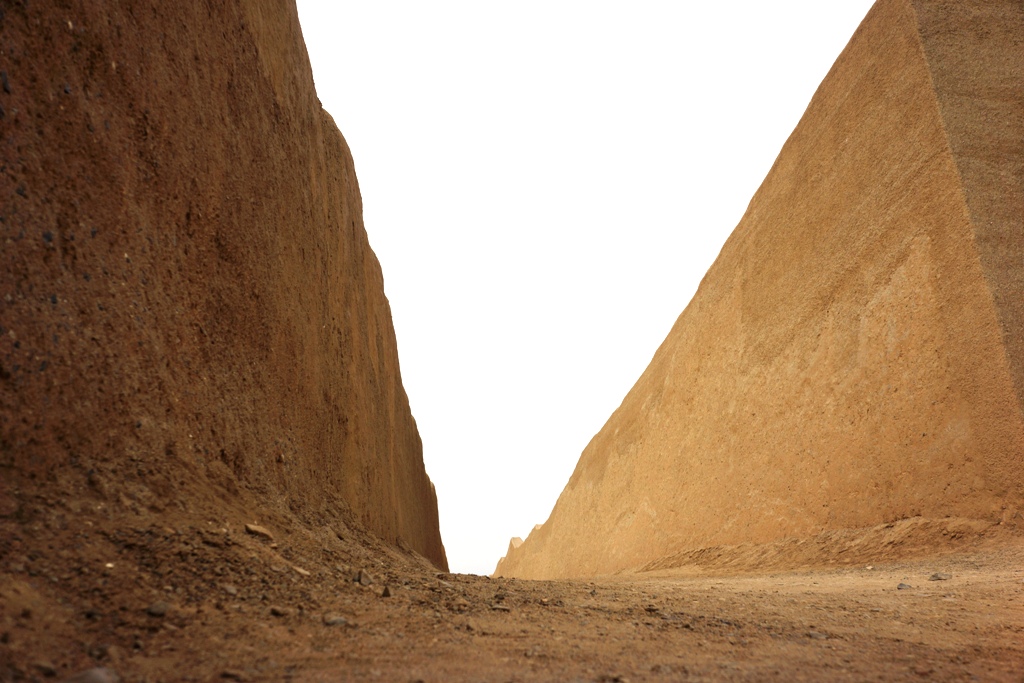


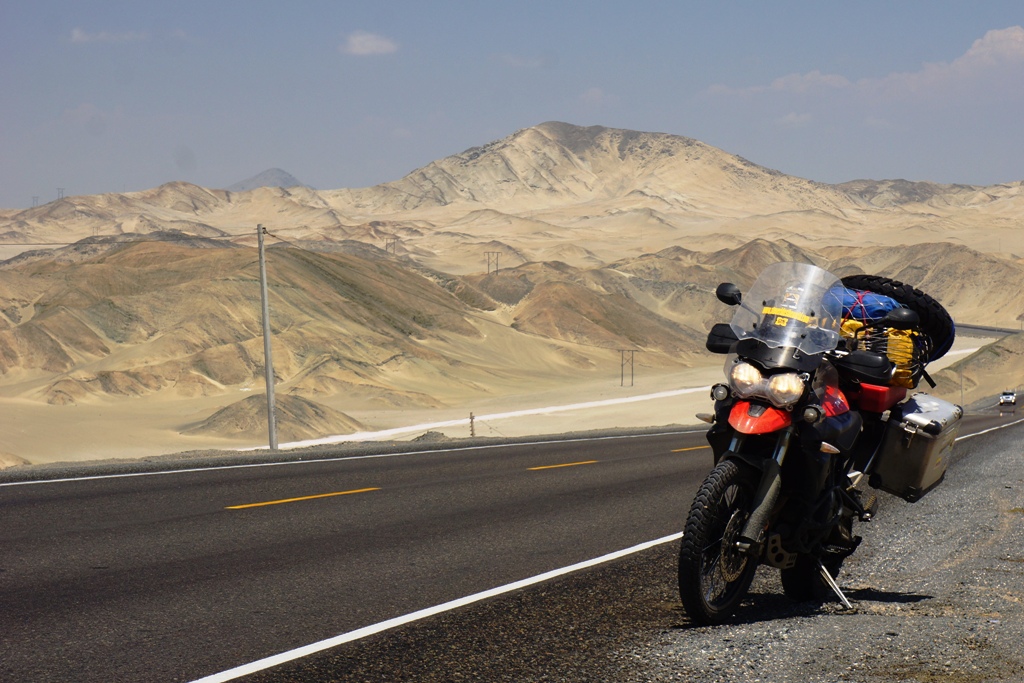
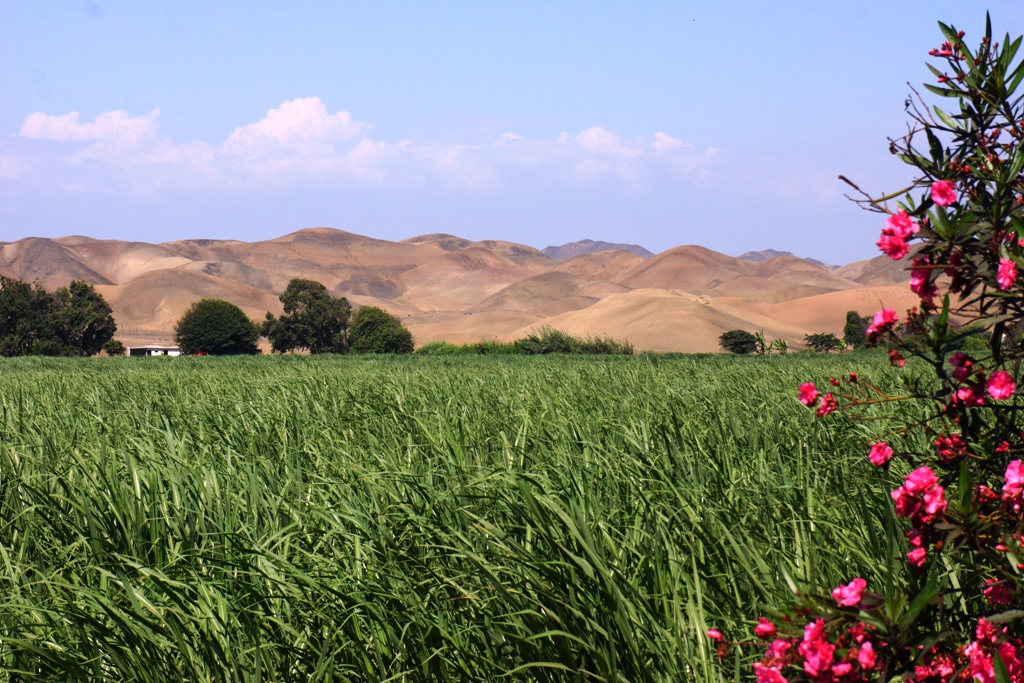





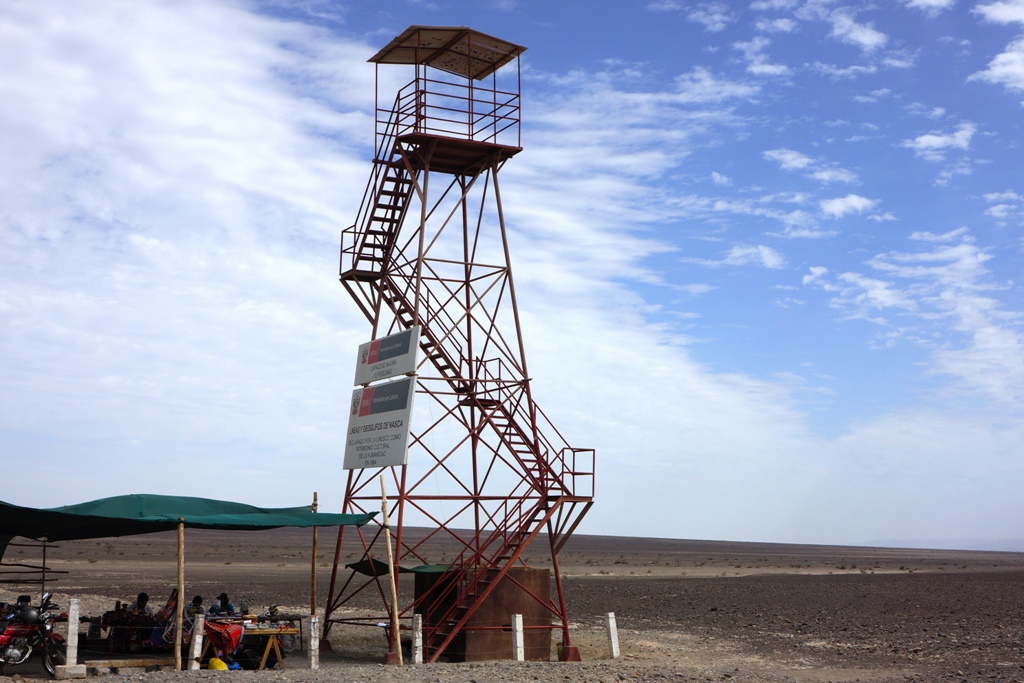
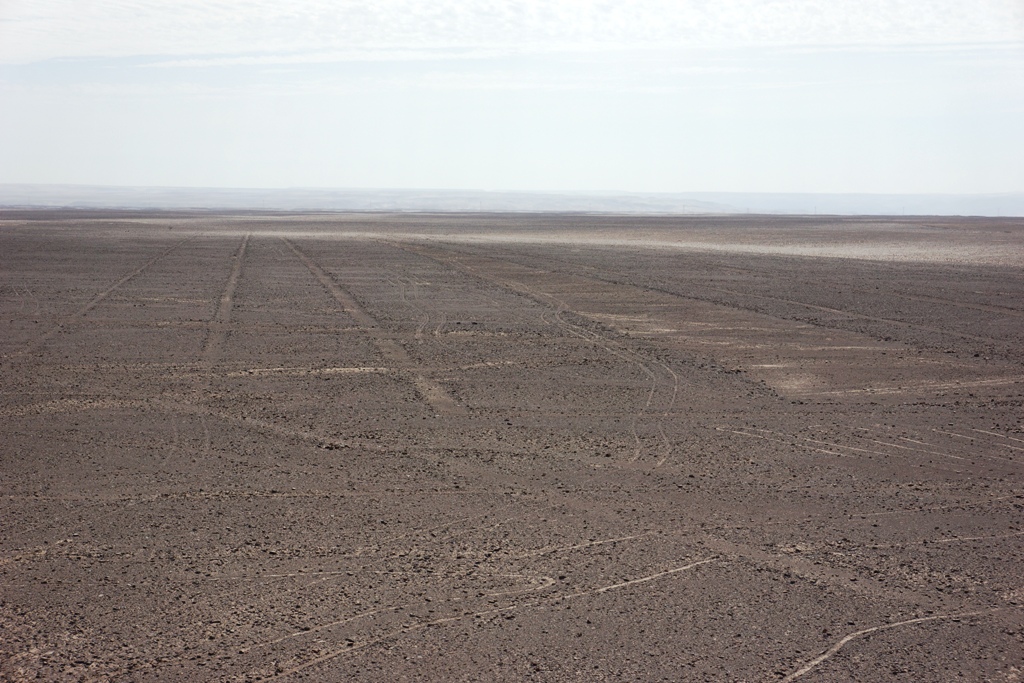
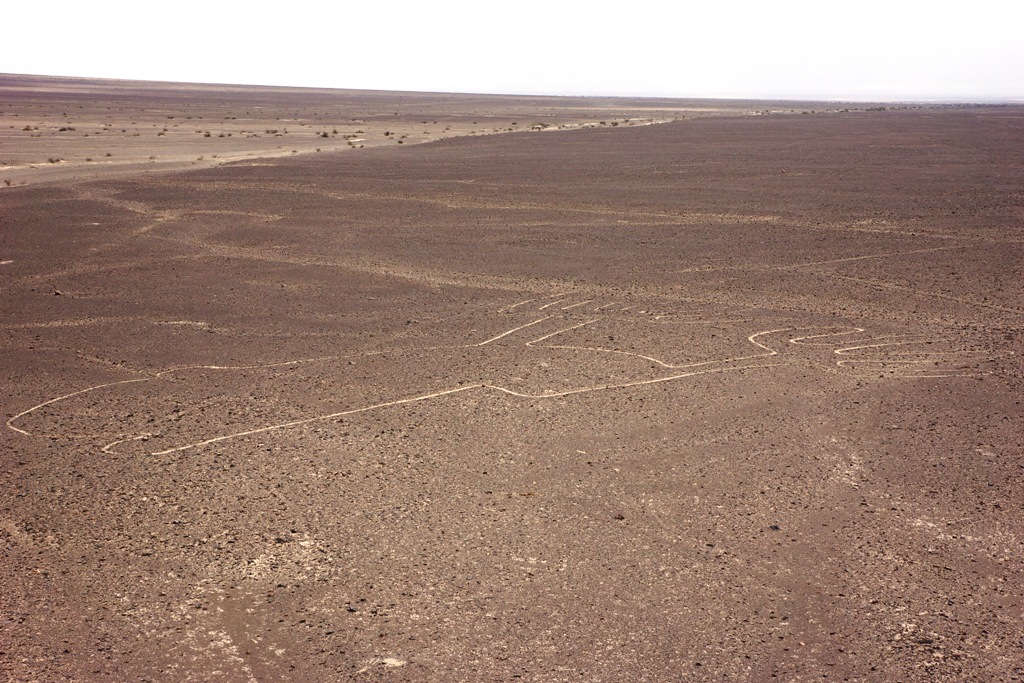
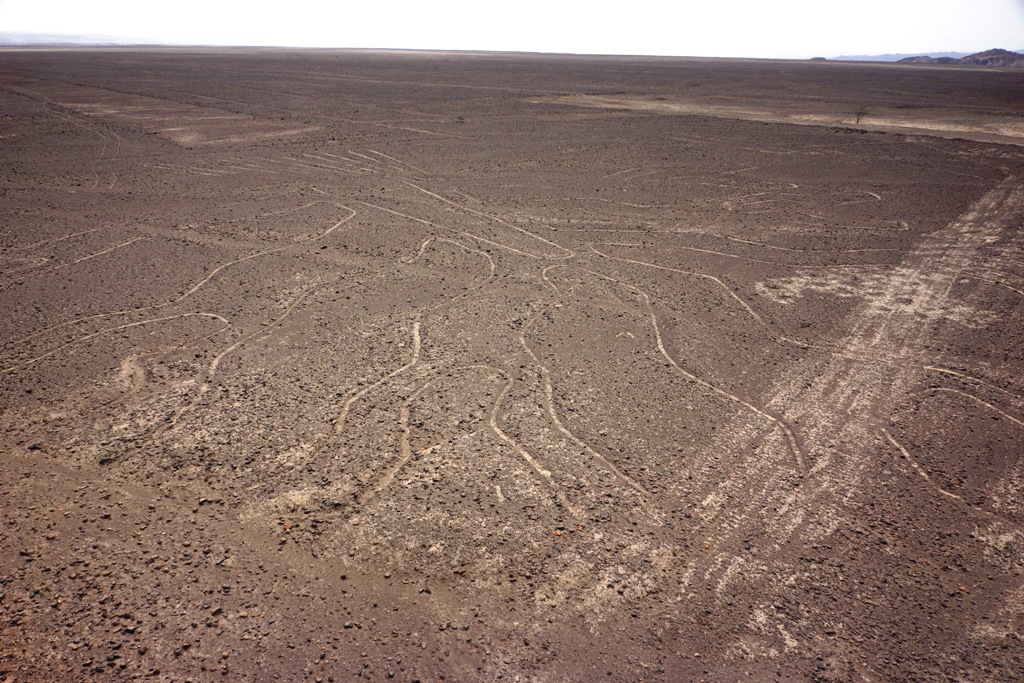
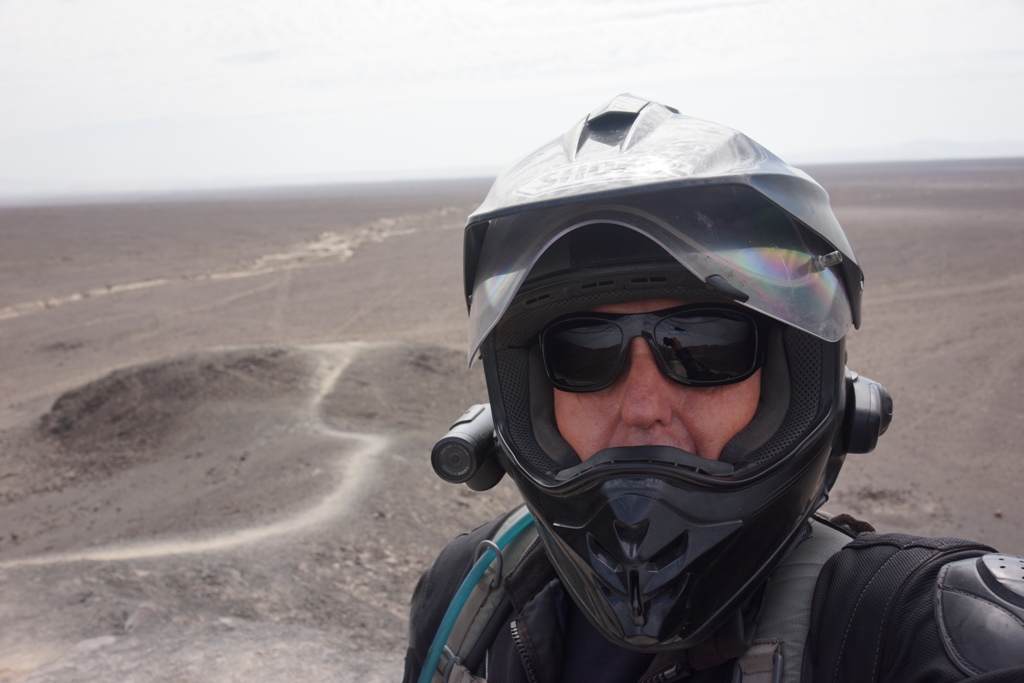
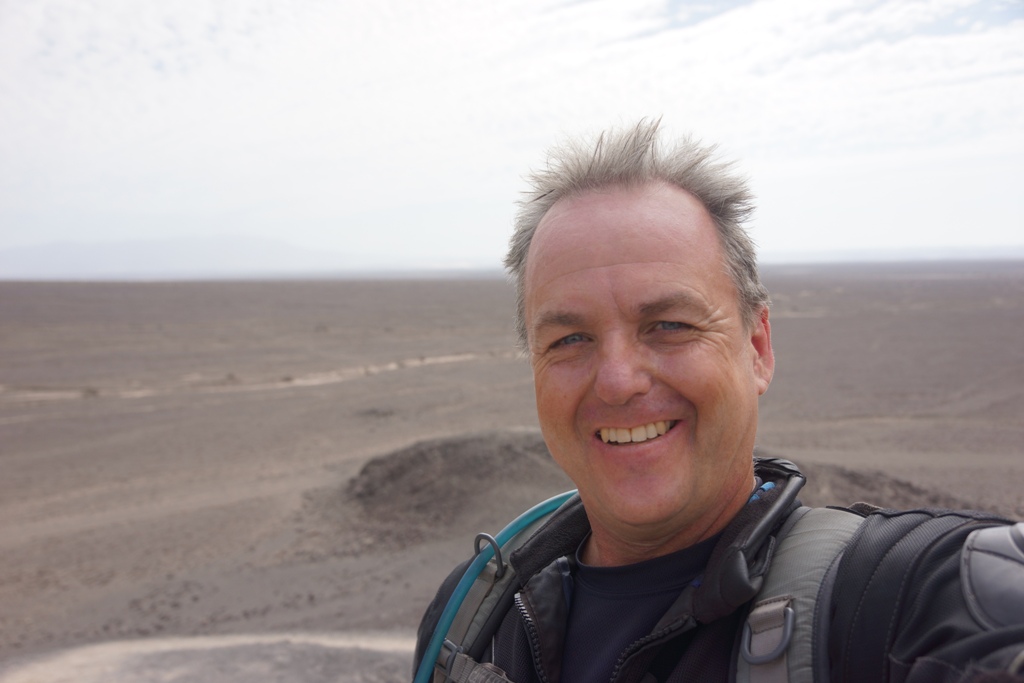


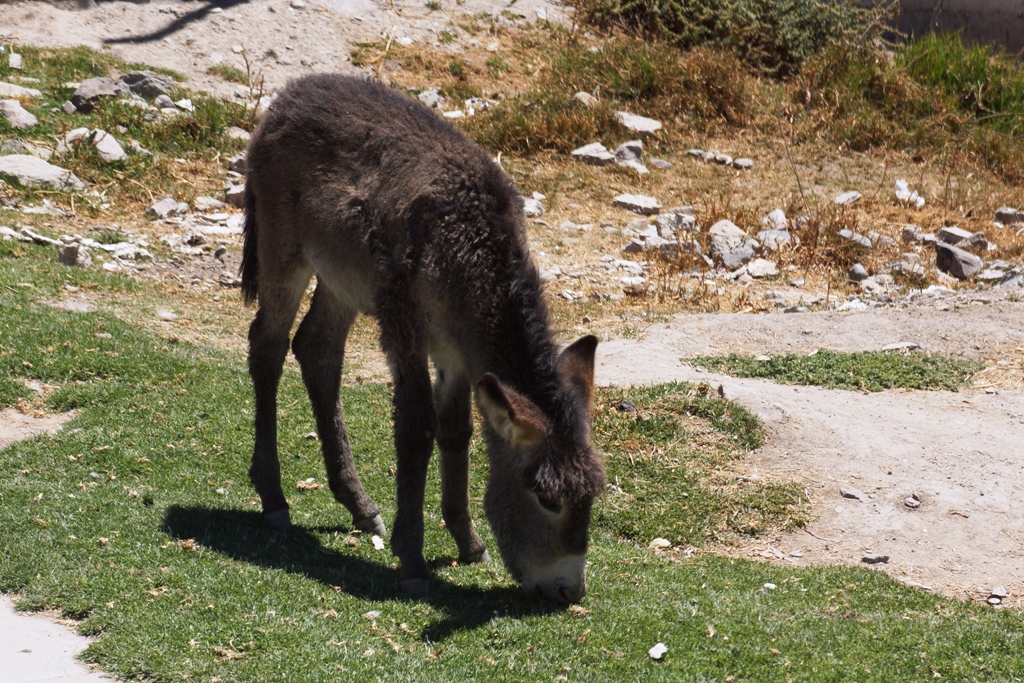
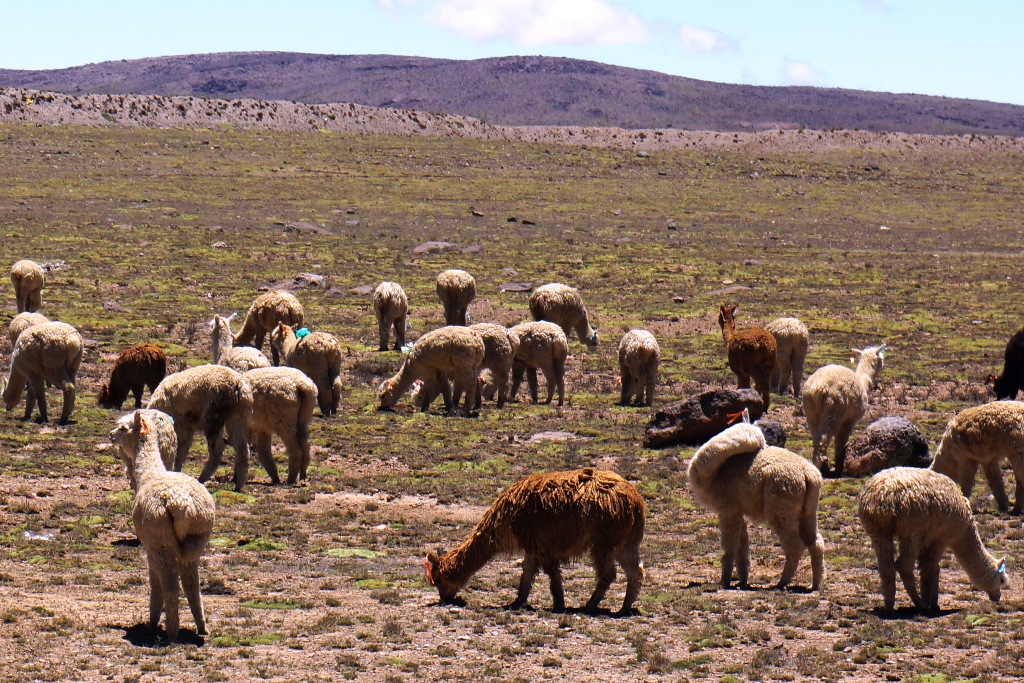

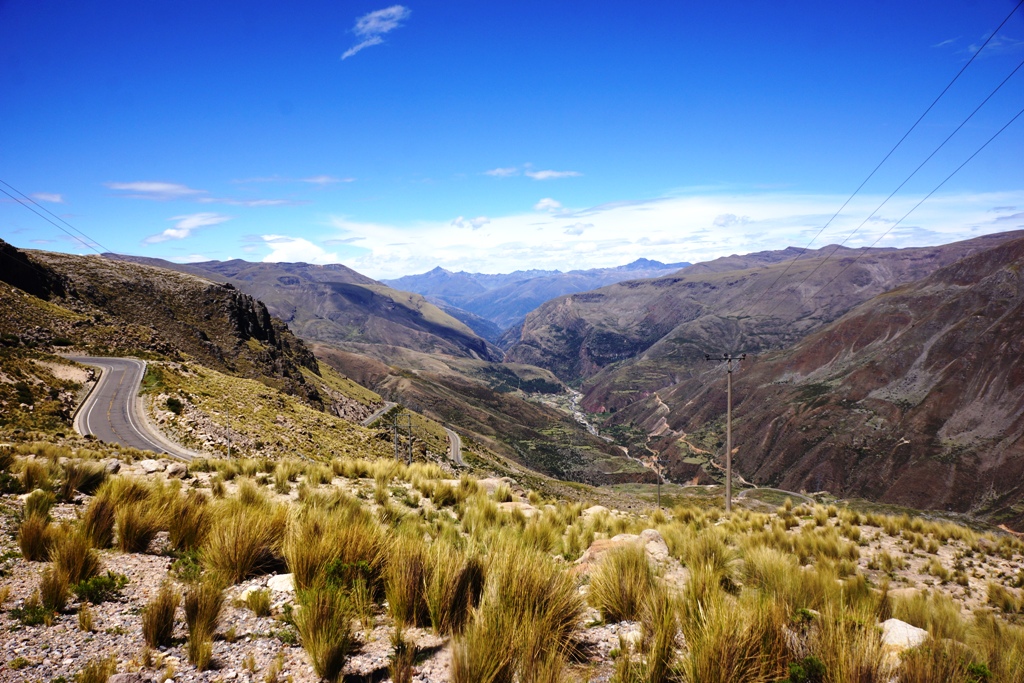
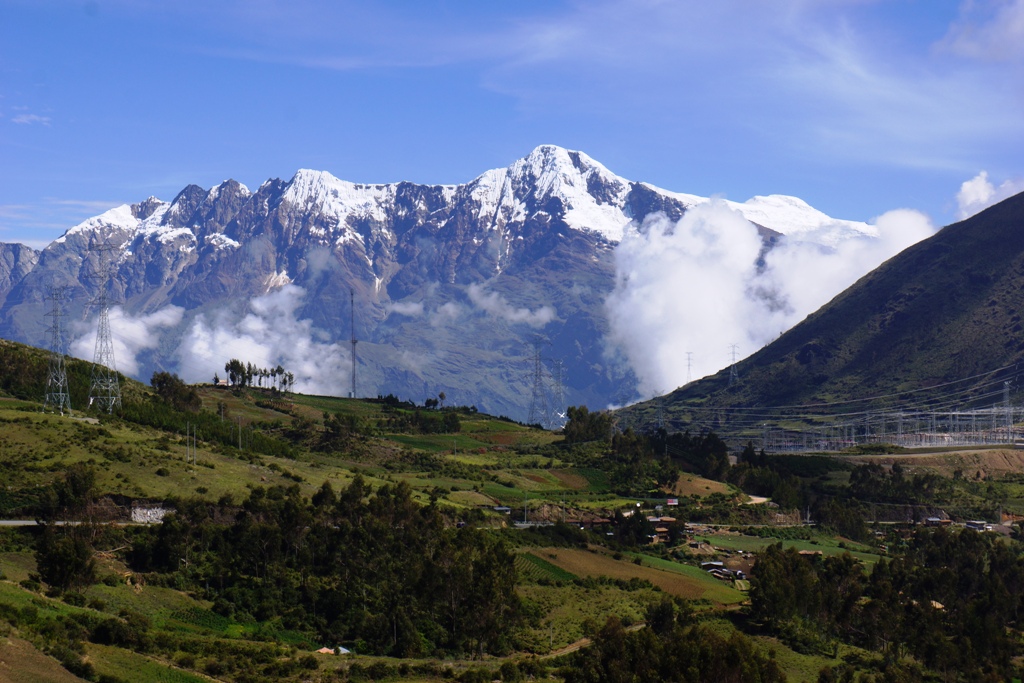



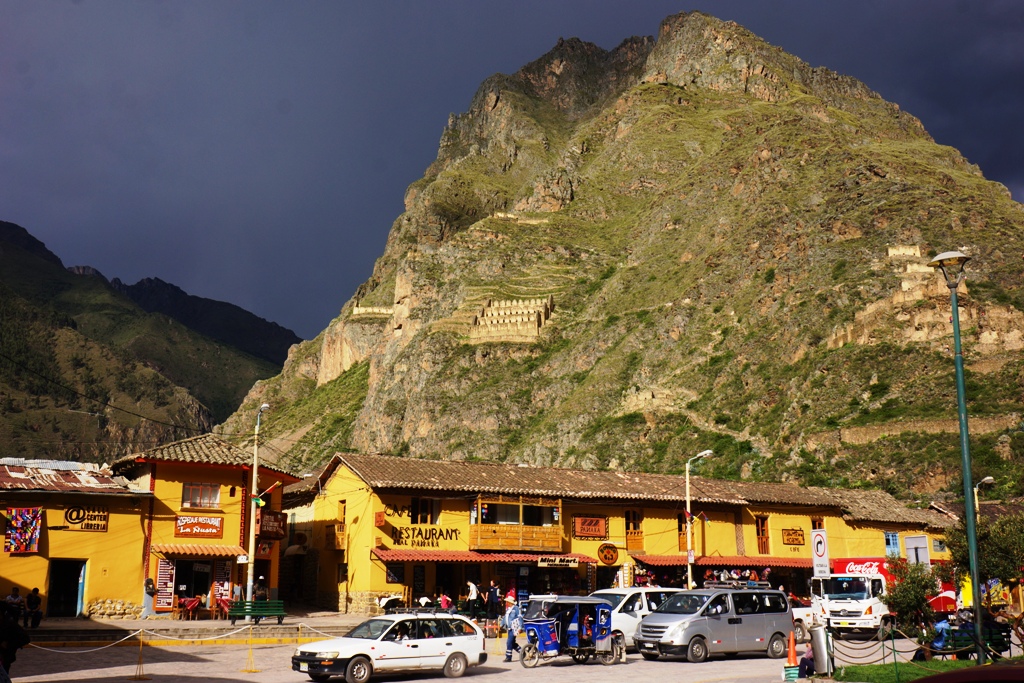
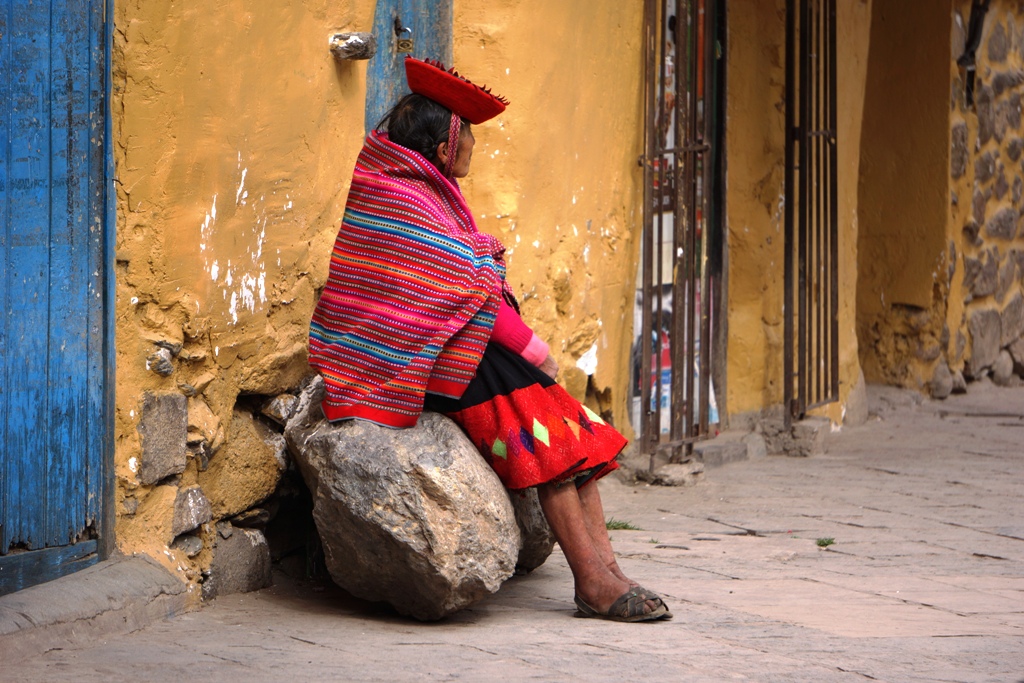
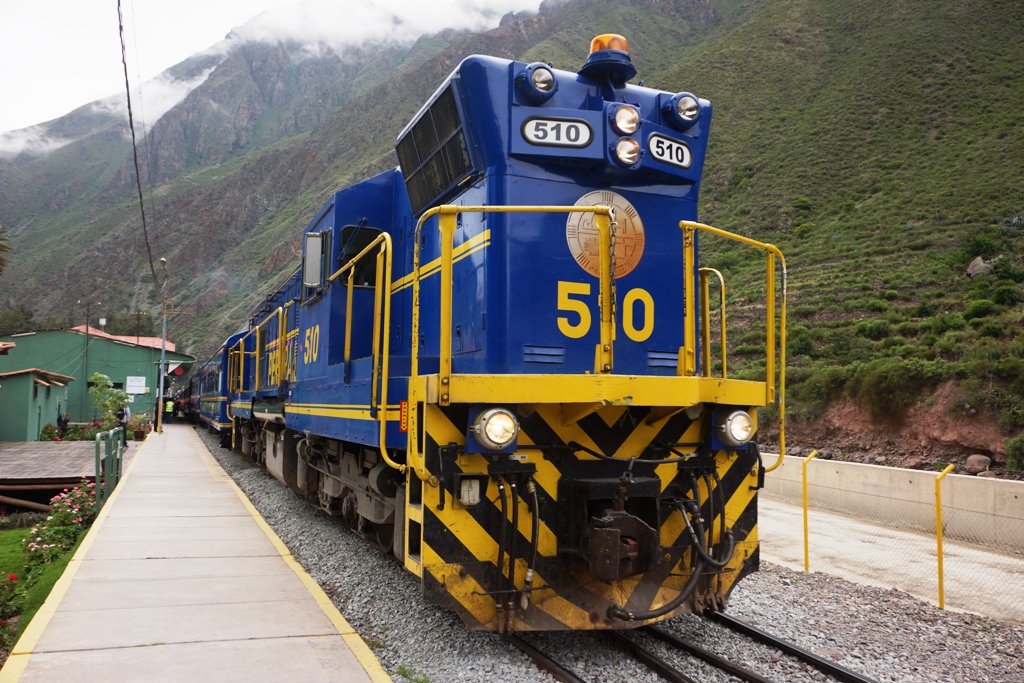
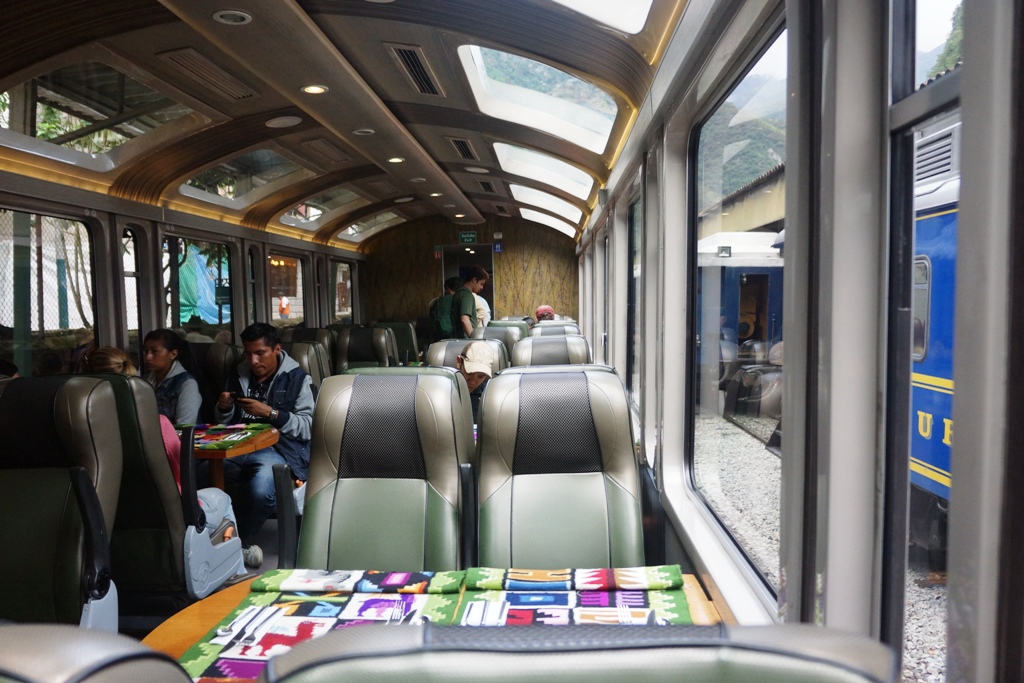
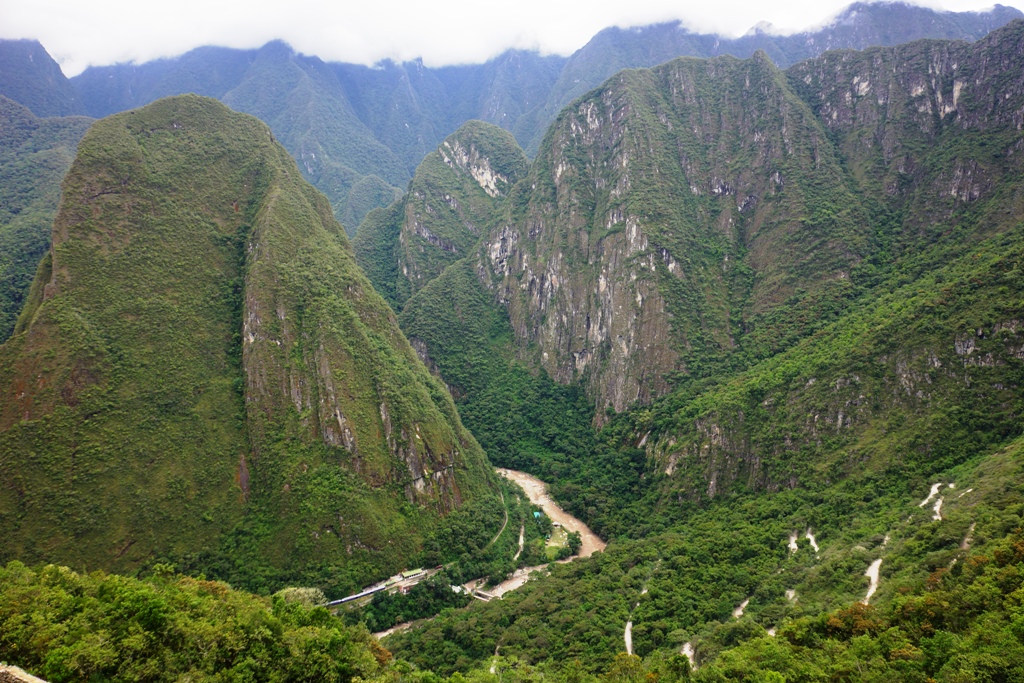


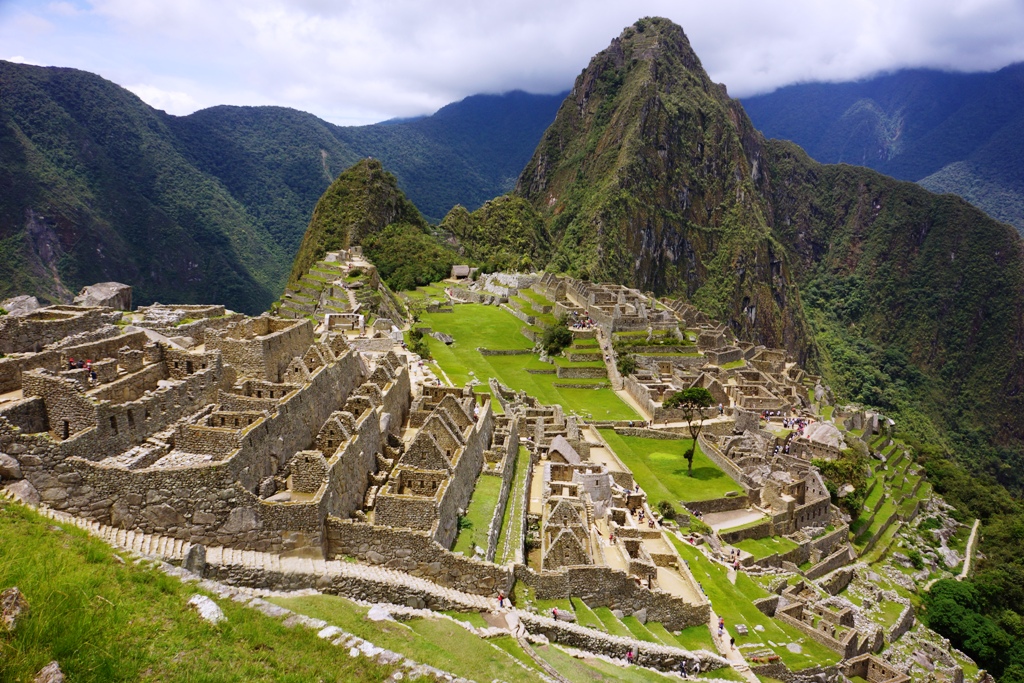
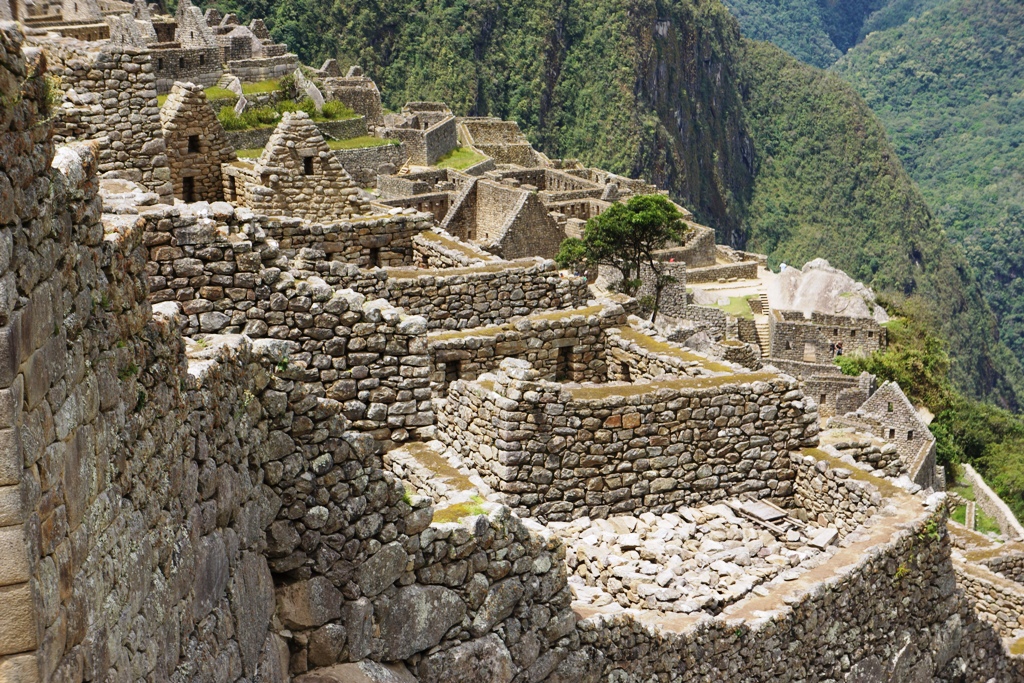
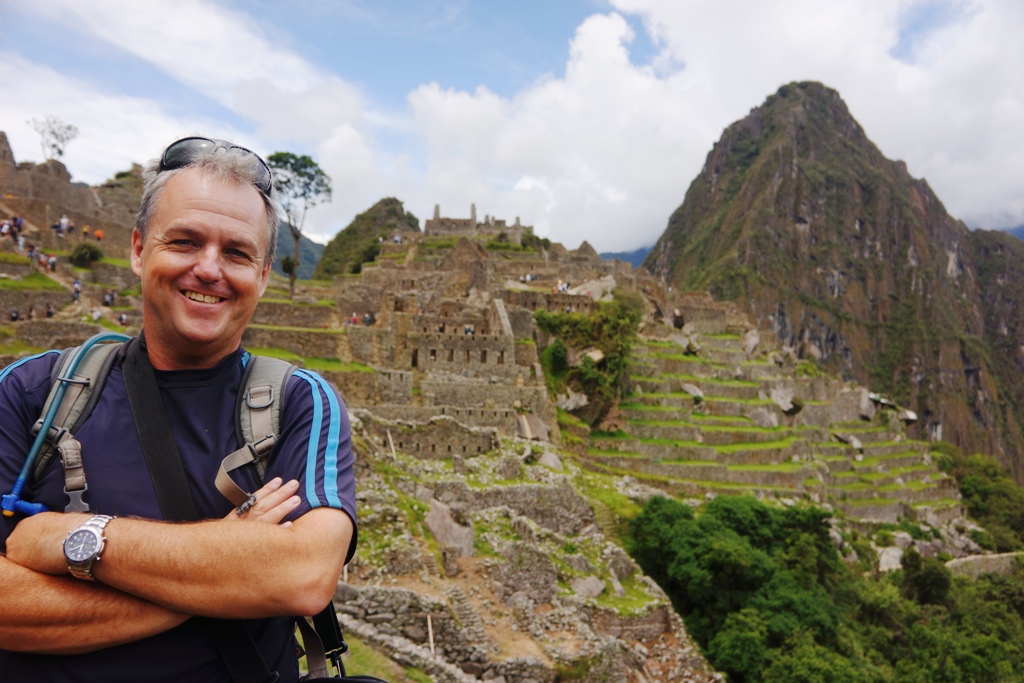
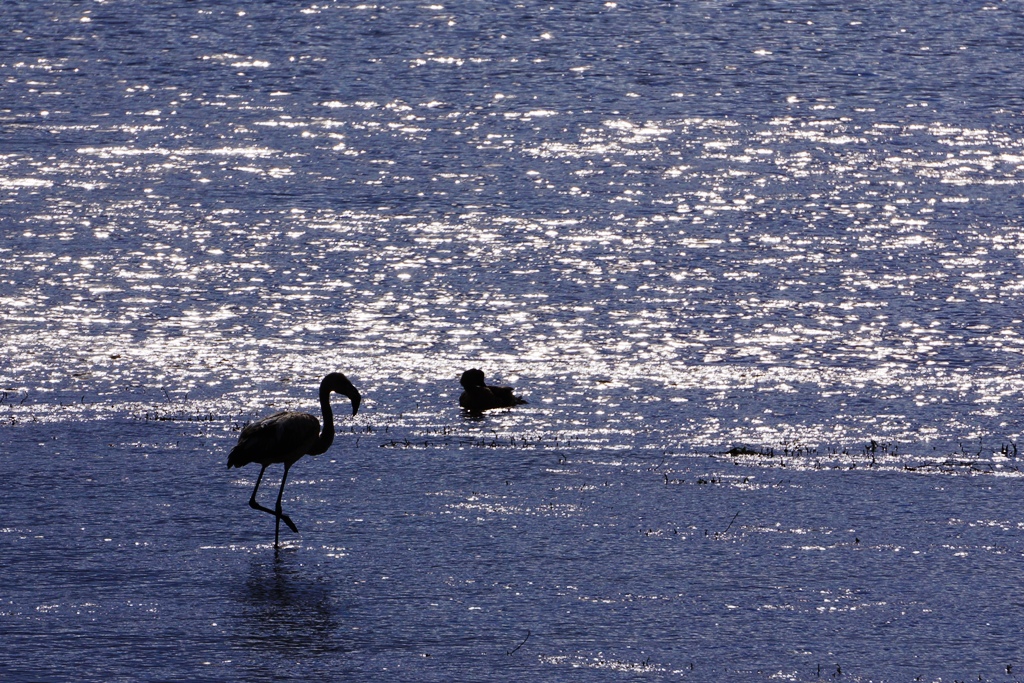
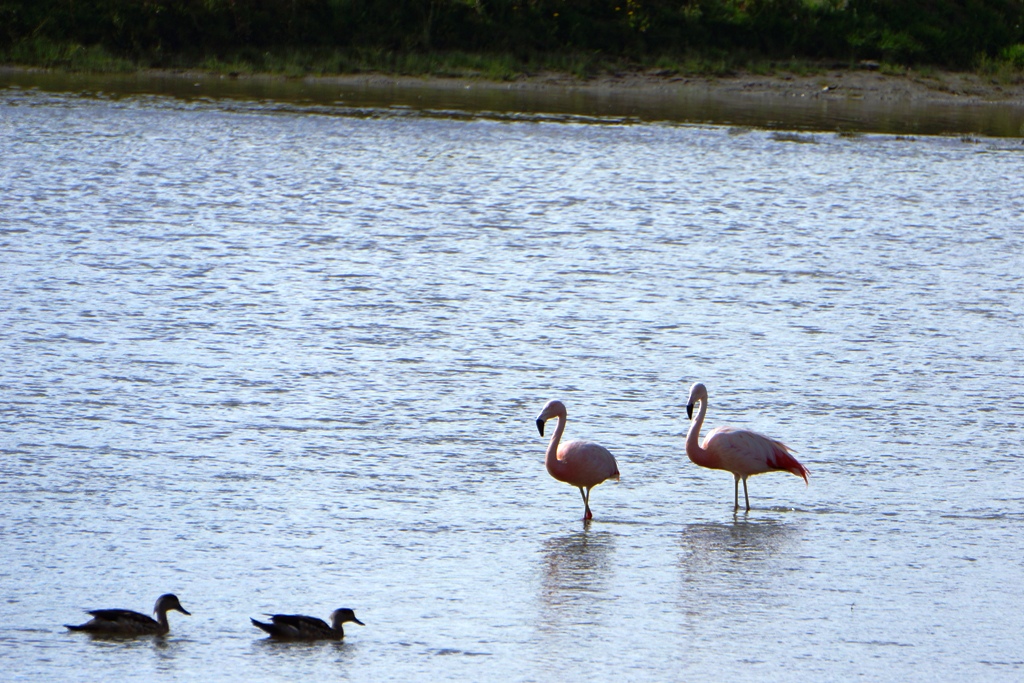



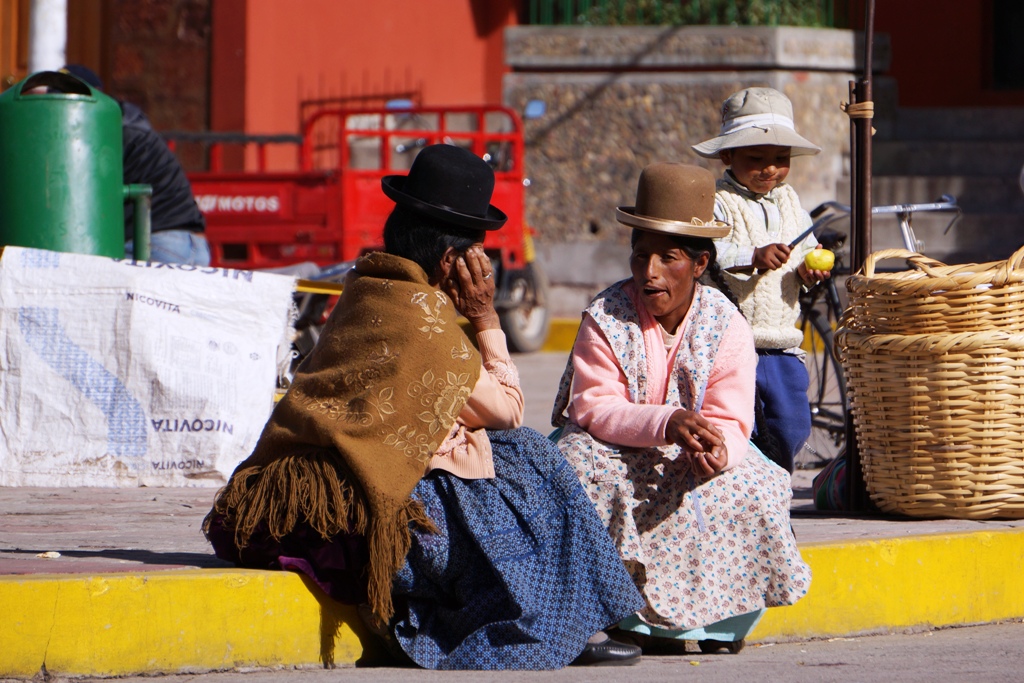
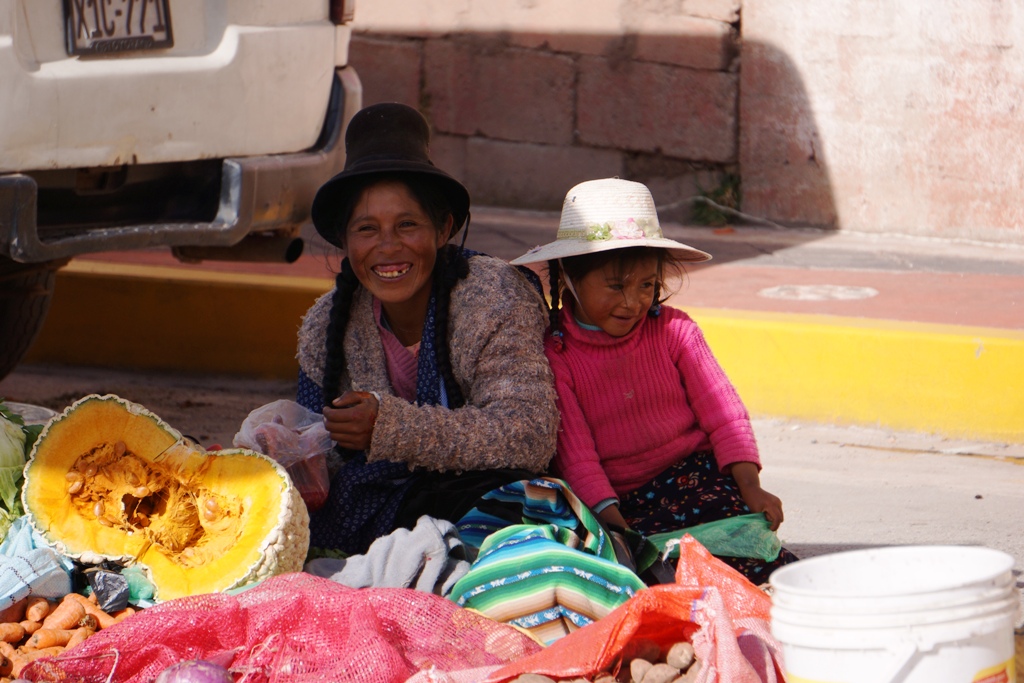

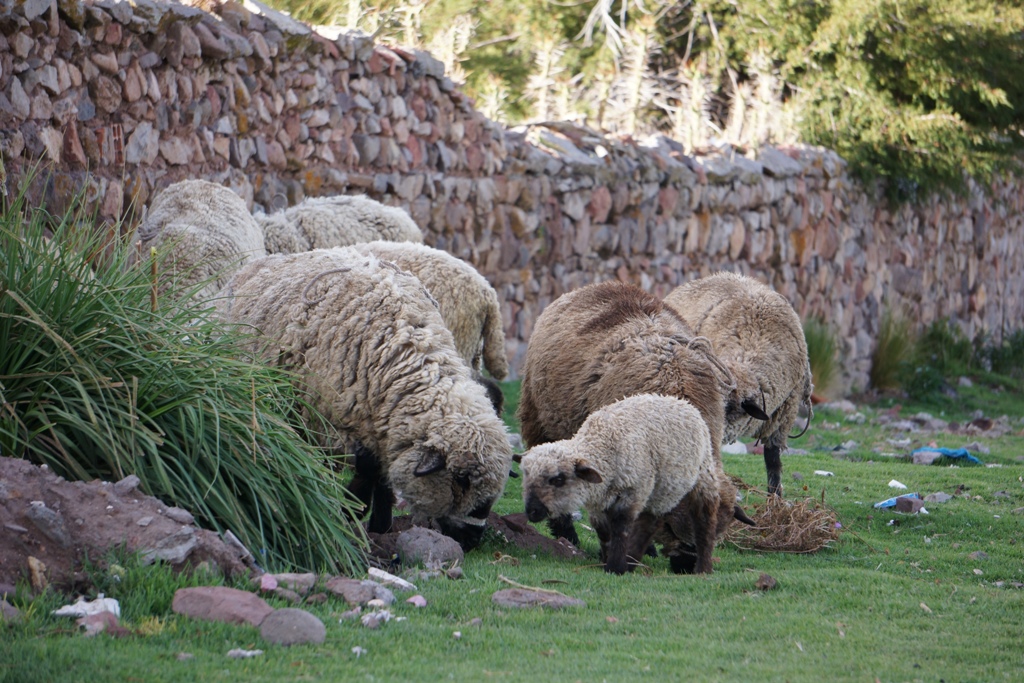

 RSS Feed
RSS Feed
